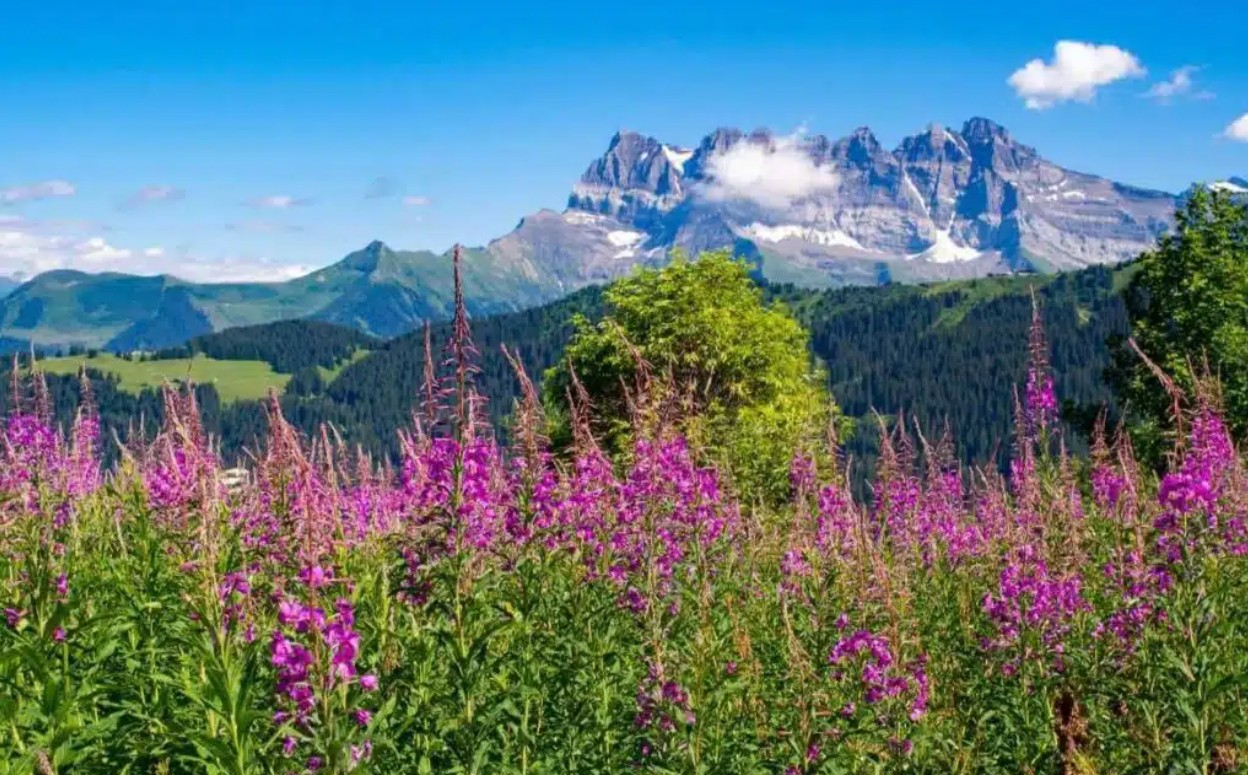
When most travellers think of European mountains, the Swiss Alps are what springs to mind. With dramatic peaks and pristine lakes, Switzerland’s mountain regions have set the gold standard for alpine adventures.
But Europe isn’t just one mountain range – it has many, and many are overlooked because of the cultural success of the Alps. So, here are three mountain ranges that often go underappreciated, yet offer very similar things at a discounted price.
The Bieszczady: Poland’s wilderness
Perhaps no European mountain range embodies untamed wilderness quite like the Bieszczady Mountains – and yet, most people have never heard of it. It straddles the borders of Poland, Slovakia and Ukraine and sits in the remote corner of the Carpathian chain. The area has something increasingly rare in modern Europe: True solitude and untouched ecosystems.
The Bieszczady’s forested peaks have many brown bears, wolves and lynx. This can be a selling point, in that it indicates a wildness that we’re not used to, but that we can mitigate these risks with bear spray. The region’s tragic 20th-century history, which included post-war population resettlements, accidentally created vast rewilded areas where nature has reclaimed abandoned villages and farmland. It’s fascinating for those interested in this Eastern history.
Hiking here means going through endless beech forests and finding random wooden Orthodox churches, along with climbing gentle and rolling summits that have endless panoramic views – across three countries, no less. The lack of tourist infrastructure is part of the appeal.
The Iberian Cordilleras
Stretching across the Iberian Peninsula, there are various mountain ranges of Spain and Portugal that we’ve grouped together. They have some of Europe’s most diverse and rewarding hiking experiences, in part thanks to their unique climate coming in from the Atlantic. The Picos de Europa in northern Spain present limestone peaks that can rival the Dolomites, while the Sierra Nevada is the a one-of-a-kind combo of high-altitude skiing with desert landscapes.
Spain’s mountain regions, which Orbis Ways helps connect you through the many networks, has everything from volcanic landscapes to the Pyrenees’ border. The Camino de Santiago crosses multiple ranges in fact, showing how important mountains were to Spanish culture and history. Portugal’s mountainous terrain includes Serra da Estrela, which has the country’s highest peak and traditional cheese-making villages that feel frozen in time.
Iberian mountains are great because they’re accessible all year-round. The Alps on the other hand have great public transport, but drastically different seasons that can be harsh.
The Dinaric Alps
Extending from Slovenia through to Croatia, Bosnia and Herzegovina, Montenegro and into Albania, the Dinaric Alps are perhaps Europe’s most geologically bewildering mountain systems. Built mostly from limestone, these ranges have been sculpted by millennia of water erosion. This led to deep canyons and underground rivers, all of which are fun to explore.
The Dinarics may be huge, but it has a lot of diversity within them. Croatia’s Velebit range has coastal mountain experiences, while Montenegro’s Durmitor National Park has glacial lakes and Europe’s deepest canyons. Bosnia’s Sutjeska National Park has primeval forests, while the Albanian Alps has some of the most difficult routes up.
The French, Italian and Swiss Alps are stunning, but they’re increasingly busy and expensive. There really is no need to congregate when the rest of Europe has stunning mountain ranges, and that’s without considering the Scottish Highlands, Scandinavian Mountains, or Stara Planina.